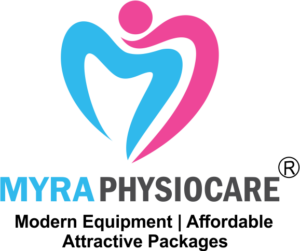Writer’s Cramp/Injury Physiotherapy
Writer’s cramp is a condition that affects people who do a lot of repetitive hand and finger movements, such as writers, musicians, and data entry workers. It is a type of focal dystonia, which causes involuntary muscle contractions that can lead to pain and discomfort.
Physiotherapy can be an effective treatment for writer’s cramp. A physiotherapist can work with you to identify the underlying causes of your condition and develop a treatment plan that includes exercises to strengthen and stretch the affected muscles.
Here are some examples of physiotherapy techniques that may be used to treat writer's cramp:
Stretching exercises: Gentle stretching exercises can help to loosen up tight muscles and improve flexibility. Your physiotherapist can teach you specific stretches that target the muscles affected by writer’s cramp.
Strengthening exercises: Strengthening exercises can help to improve muscle tone and reduce the frequency and severity of muscle contractions. Your physiotherapist can recommend exercises that target the muscles you use most frequently when writing or typing.
Manual therapy: Manual therapy techniques, such as massage and myofascial release, can help to relieve tension and pain in the affected muscles.
Posture correction: Poor posture can contribute to writer’s cramp. Your physiotherapist can teach you how to maintain good posture while you write or type, which can help to reduce strain on your muscles.
